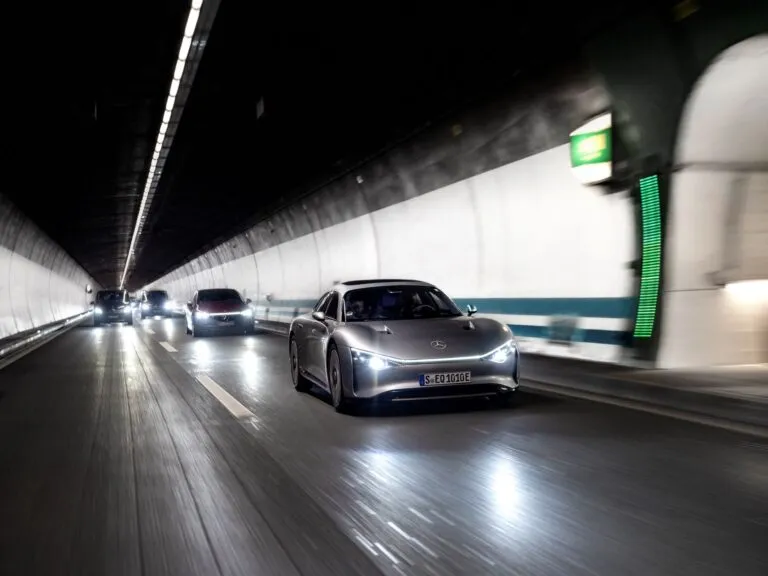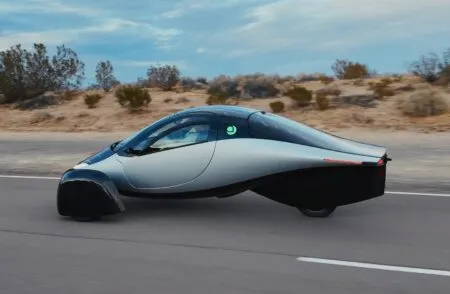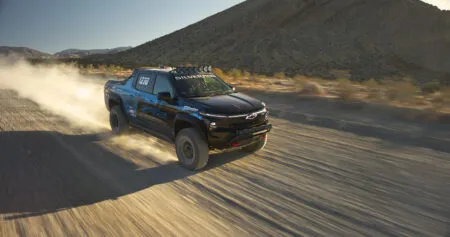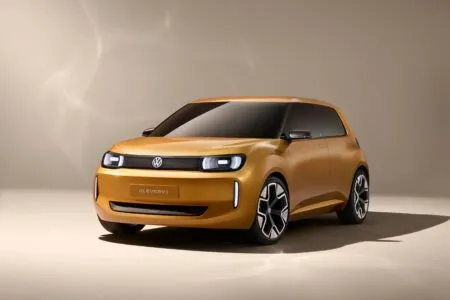To demonstrate what the future of electric vehicle performance might look like, Mercedes-Benz has just completed a 1,000km road trip on a single charge in its prototype Vision EQXX.
From a combination of aerodynamic vehicle design, advanced battery and electric powertrain, and solar powered roof, the Vision EQXX vehicle travelled from Sindelfingen across the Swiss Alps and Northern Italy, to its destination of Cassis on the Côte d’Azur, it which is more than 1,000 km in everyday traffic without stopping to recharge.

The battery’s state of charge on arrival was around 15 percent, amounting to a remaining range of around 140 kilometers, and the average consumption was a record-breaking low of 8.7 kWh per 100 kilometers.
At 100kWh, the power storage unit developed specifically for the Vision EQXX has almost the same amount of energy as the battery of the EQS, which is already a global benchmark among electric cars currently on the market. However, it has 50 percent less volume and is 30 percent lighter.
The electric drive unit in the Vision EQXX – consisting of the electric motor, transmission and power electronics – was developed together with the F1 specialists at HPP, and has a peak output of 180 kW. The compact and lightweight unit’s average efficiency in this application is 95%. That means 95% of the energy from the battery ends up at the wheels.
This goes hand-in-hand with further efficiency benefits such as the reduction of losses in the drivetrain. The engineers at Mercedes-Benz have succeeded in reducing the total losses in the drivetrain (motor, inverter and transmission) by 44% compared to an e-drive that is not based on this project. This makes a big different to the bottom line, with one percent more efficiency bringing two percent more range. This effect is further amplified by the battery of the VISION EQXX, thanks to its remarkable energy density of almost 400 Wh/l and particularly high operating voltage of more than 900 volts.
The lightweight design concept of the Vision EQXX is comprehensive – from the materials used to innovative bionic structures that deliver a favorable power-to-weight ratio. Examples of this are the sustainable carbon-fiber-sugar composite material used for the upper part of the battery, which is also used in Formula 1, and the BIONEQXXTM rear floor, manufactured using an aluminum casting process. The light metal structural component replaces a much heavier assembly of several interconnected parts. It has gaps in places where structural strength is not required, thus saving material. This innovative design approach results in a weight saving of up to 20 percent compared to a conventionally manufactured component.
A large part of the weight efficiency is also due to the dedicated electric chassis with lightweight F1 subframe and aluminum brake discs. Another is the battery. At 100 kWh, the power storage unit developed specifically for the VISION EQXX has almost the same amount of energy as the battery of the EQS, which is already a global benchmark among electric cars currently on the market. However, it has 50 percent less volume and is 30 percent lighter. The outcome is that the compact battery, measuring just 200 x 126 x 11 cm, is also comparatively light at 495 kilograms and fits in a compact car. The electric drive was developed in cooperation with the experts from Mercedes-AMG Petronas F1 Team.
The 117 solar cells on its roof feed the 12-volt battery, which supplies power to auxiliary consumers such as the navigation system. Overall, the solar booster increases the range by more than two percent – which adds up to 25 kilometers on a journey of over 1,000 kilometers.
“With our successful road trip to the South of France, we’ve shown that efficiency is the new currency. And this success also clearly speaks for our new collaborative development process, incorporating many learnings from the Mercedes-AMG F1 team and its cutting-edge expertise in electric powertrains. The VISION EQXX is the result of a comprehensive program that provides a blueprint for the future of automotive engineering. Many of the innovative developments are already being integrated into production, some of them in the next generation of modular architecture for compact and midsize Mercedes‑Benz vehicles. And the journey continues. With the VISION EQXX, we will keep testing the limits of what’s possible,” says Markus Schäfer, member of the board of management of Mercedes-Benz Group AG, chief technology officer responsible for development and purchasing.





